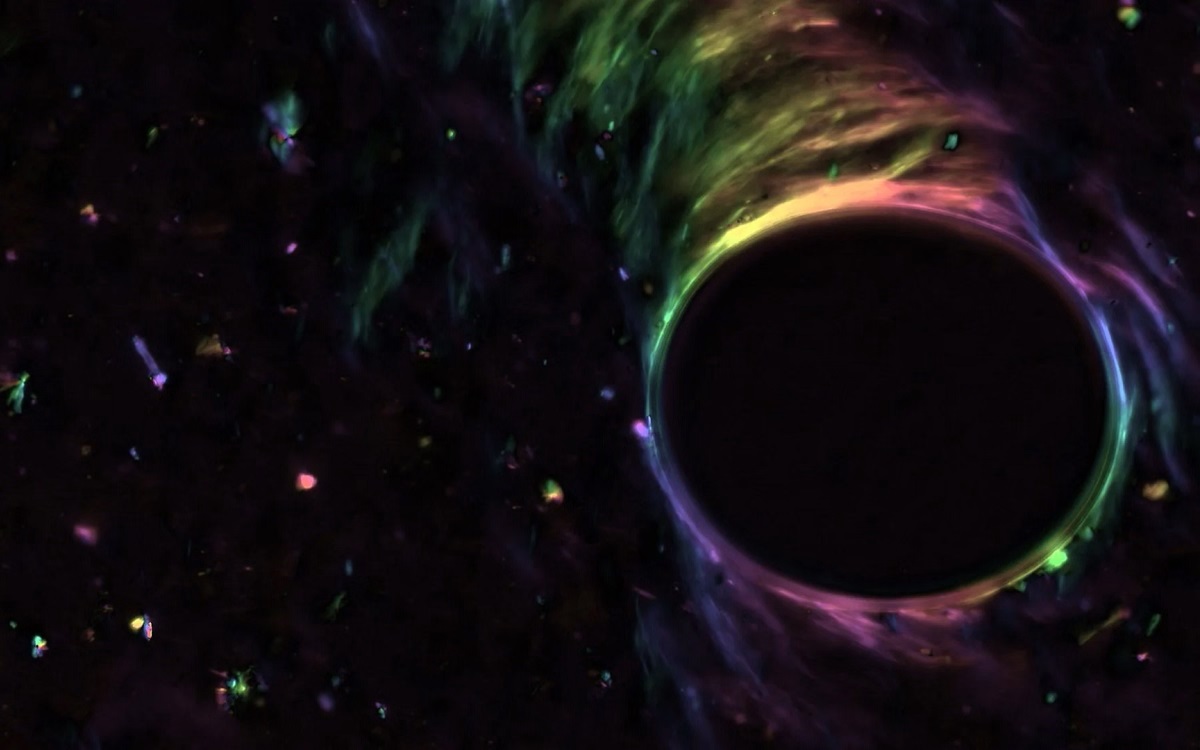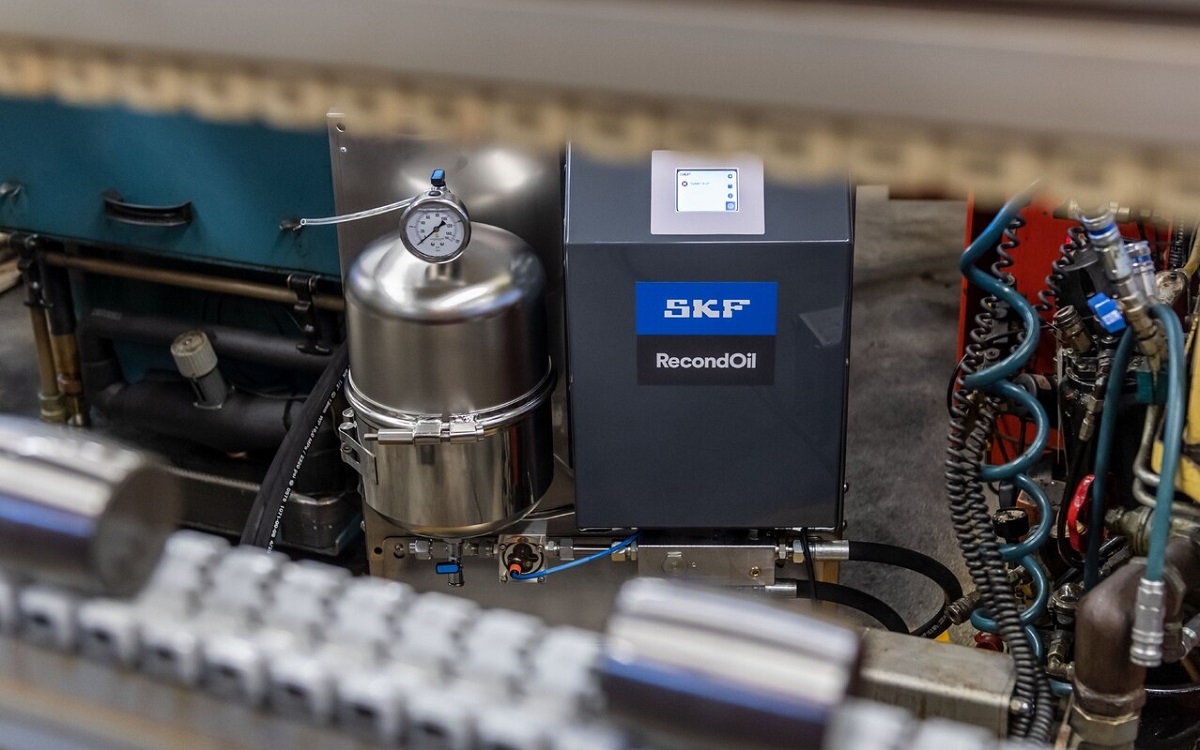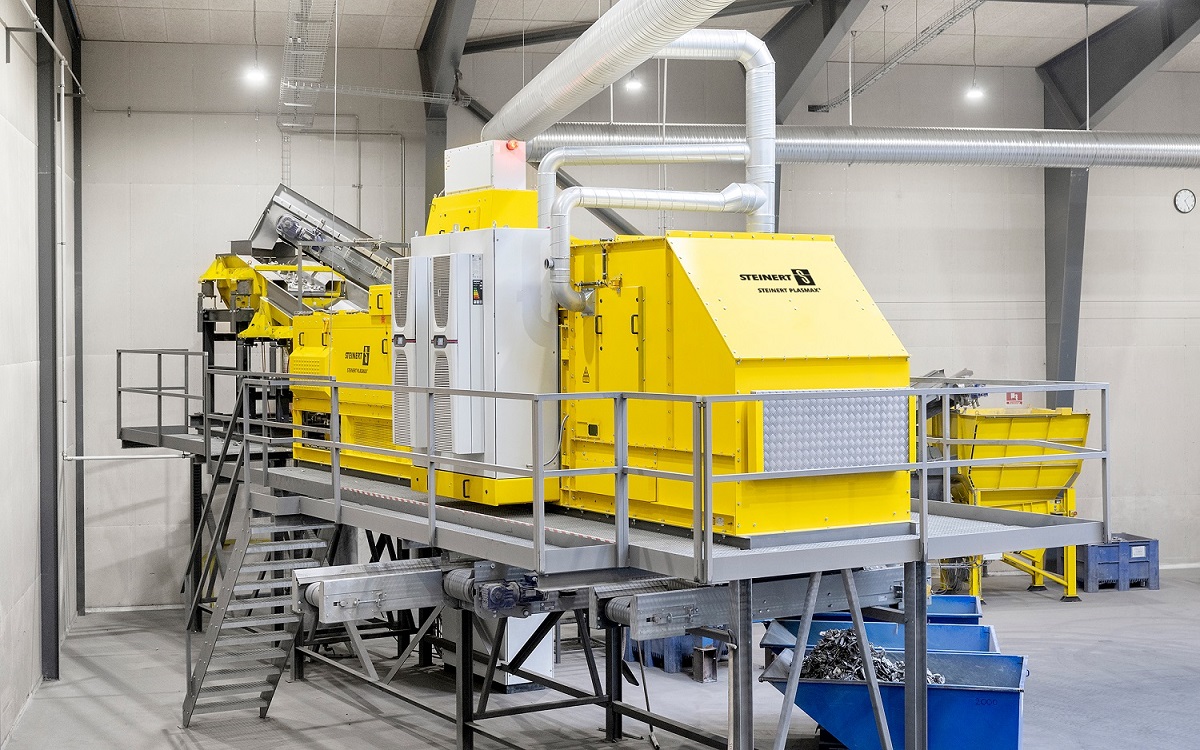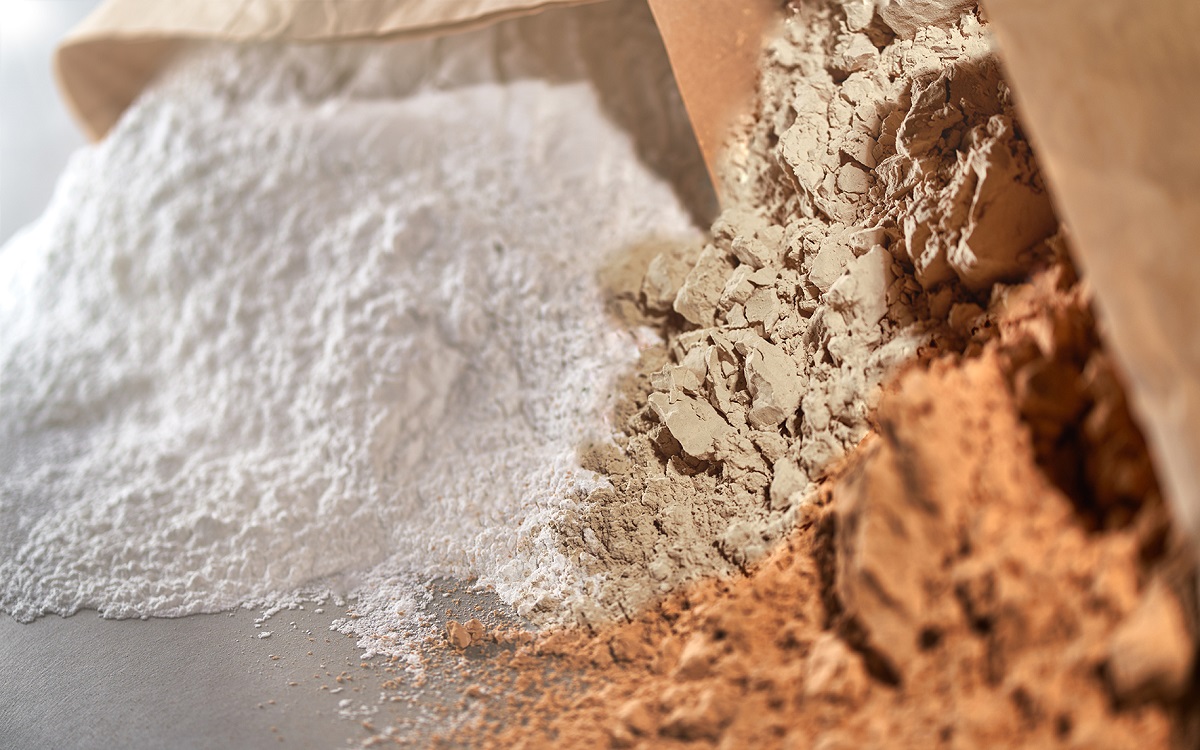22.08.2023 Ι Clean TeQ Water has brought a new membrane technology to market through its subsidiary NematiQ. The key material used is graphene.
Graphene – the “wonder material”
Some 200 times stronger than steel yet remarkably flexible, and a great conductor of electricity and heat while offering unique levels of light absorption, graphene is a “wonder material” that promises to revolutionise numerous industries. From batteries and solar cells to computer chips and supercapacitors, to touchscreens and even DNA sequencing, graphene is proving its game-changing properties across a truly diverse array of applications.
Lower pressures than other nanofiltration membranes
NematiQ utilises the remarkable properties of graphene oxide to create a range of filter membranes in different standard-sized modules, to improve existing water purification technology, producing clean water without creating negative environmental impacts such as brine wastes. These high permeability filters allow for the easy passage of water and salts while rejecting organic elements and pathogens such as viruses, bacteria and dissolved organics. The process is comparatively low in energy use and provides impressive water output and easier management of by-products.
The combination of high water recovery and low energy usage is facilitated by the high permeability of the membrane, which allows the system to run at much lower pressures than other nanofiltration membranes require.
No new filtration system required
One of the most outstanding aspects of this brand-new technology is that the NematiQ team has designed these new graphene filters to integrate seamlessly with existing filtration systems.
NematiQ CEO Dr David Menzies said: “We have produced membrane modules in a range of industry-standard spiral wound module sizes for water filtration, and these can be fitted to existing systems quickly and inexpensively. All that’s required to put the NematiQ graphene-based membrane to work is correctly sizing the modules to solve the problem at hand and inserting them into housings that are already commercially available. Our team has already considered the backwards compatibility issue that plagues new technology adoption.”
A broad array of markets
The NematiQ team has identified a range of markets and applications in which the exceptional performance of the graphene membrane can deliver operators considerable advantages. These include the treatment of drinking water, food and beverage wastewater treatment and re-use, industrial wastewater treatment, industrial separations, pre-treatment for seawater desalination, and municipal effluent treatment.
“We’re looking at a global market of some US$5 billion for replacement membranes,” said Dr Menzies. “But we believe we can add at least another US$500 million in under-served or brand new markets that will be quick to embrace this technology.”
Commercially ready
Sales of the NematiQ technology have commenced, and news of the benefits of the technology is spreading quickly through many of the Australian companies that stand to benefit from its implementation.





